Timer Dimming for LED Street Lights: What Buyers Need to Know (2025 Guide)
What Is Timer-Based Dimmi
Modern sensor control goes far beyond the simple “lights on at night, lights off at dawn.”
By integrating photo sensors and motion detection technologies, today’s outdoor lighting systems achieve smarter energy management, extended service life, and safer user experiences.
It is the foundation of intelligent, cost-effective, and sustainable public lighting.
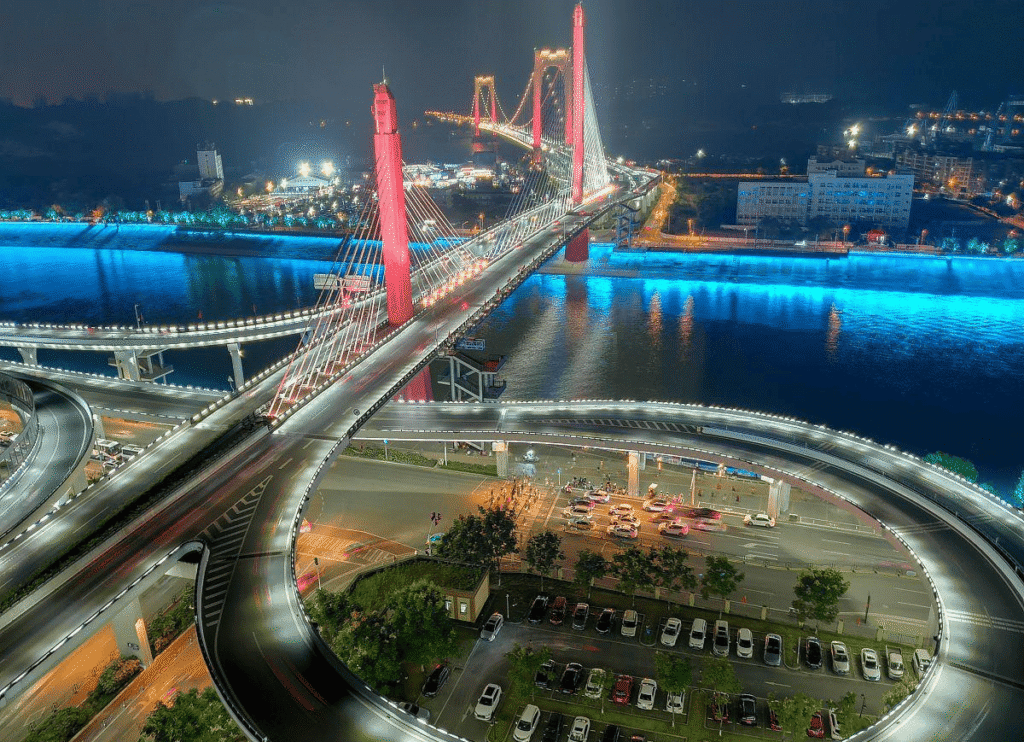
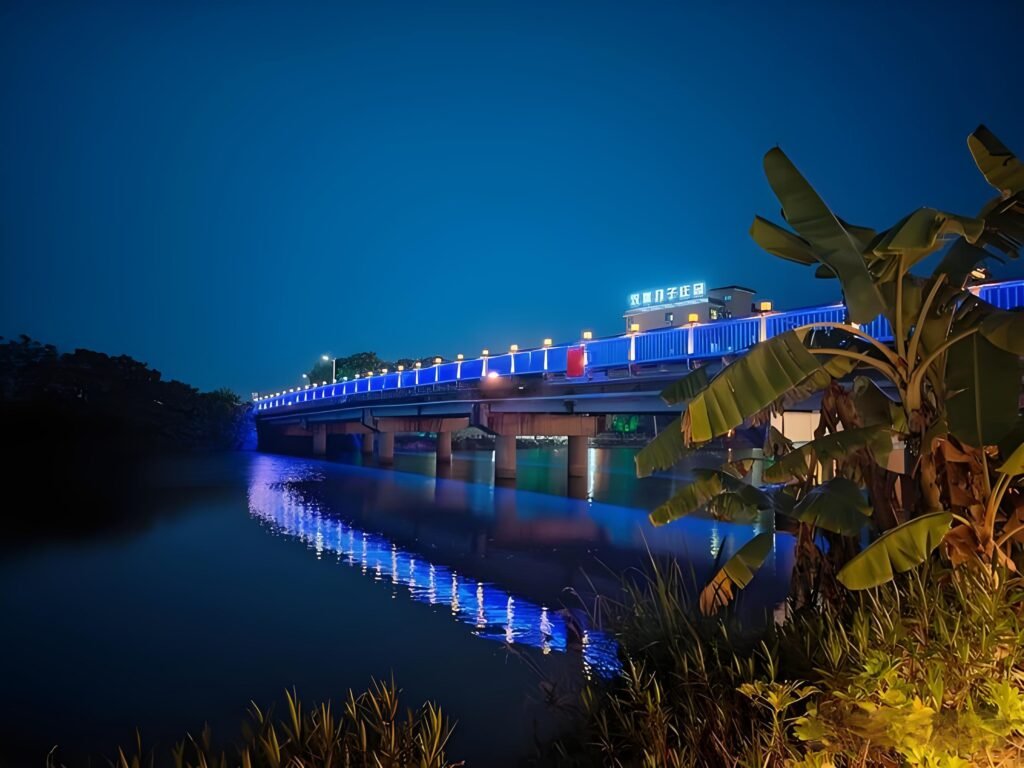
Working Principle: Detects ambient light levels. Automatically switches ON at dusk (10–20 lux) and OFF at dawn (20–30 lux).
Advantages: Simple installation, low cost, reliable basic control.
Limitations:
Working Principle: Detects movement using microwave radar or infrared heat radiation. Typically combined with photo sensor for smart dual-control.
Advantages:
Modern outdoor lighting does not rely on a single control method. Depending on project requirements and budget, different sensor control modes can be applied — from basic photo sensing to advanced IoT management.

Relies only on light sensors. Lamps switch on at dusk and off at dawn. Common in older systems or areas with low energy-saving requirements.
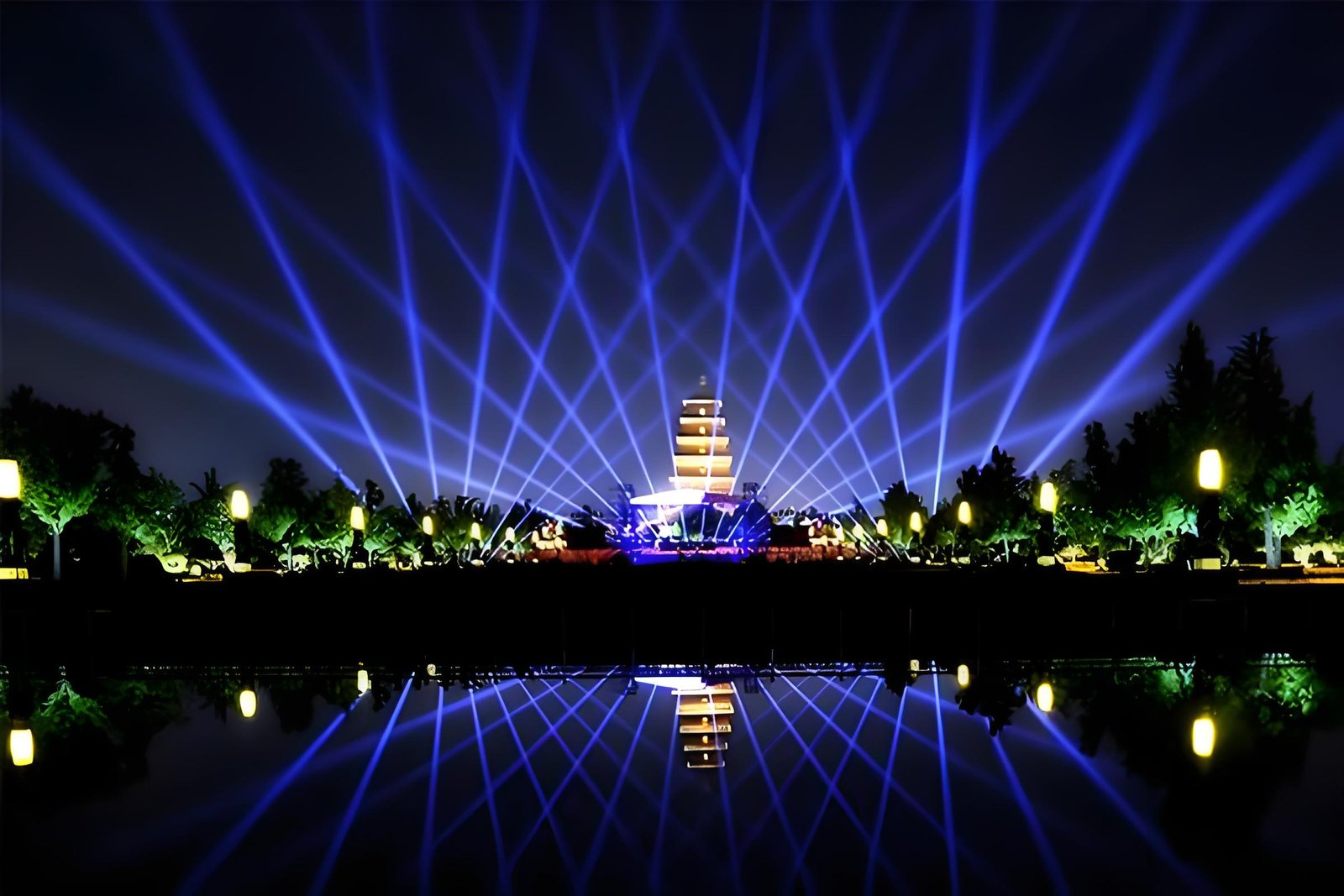
The most recommended and widely used mode. Workflow: Light sensor activates the system only at night. Motion sensor triggers full brightness when movement is detected. After a set delay (30s–5min), lights dim to standby (20–30%) or turn off. Best balance between performance, cost, and energy efficiency.
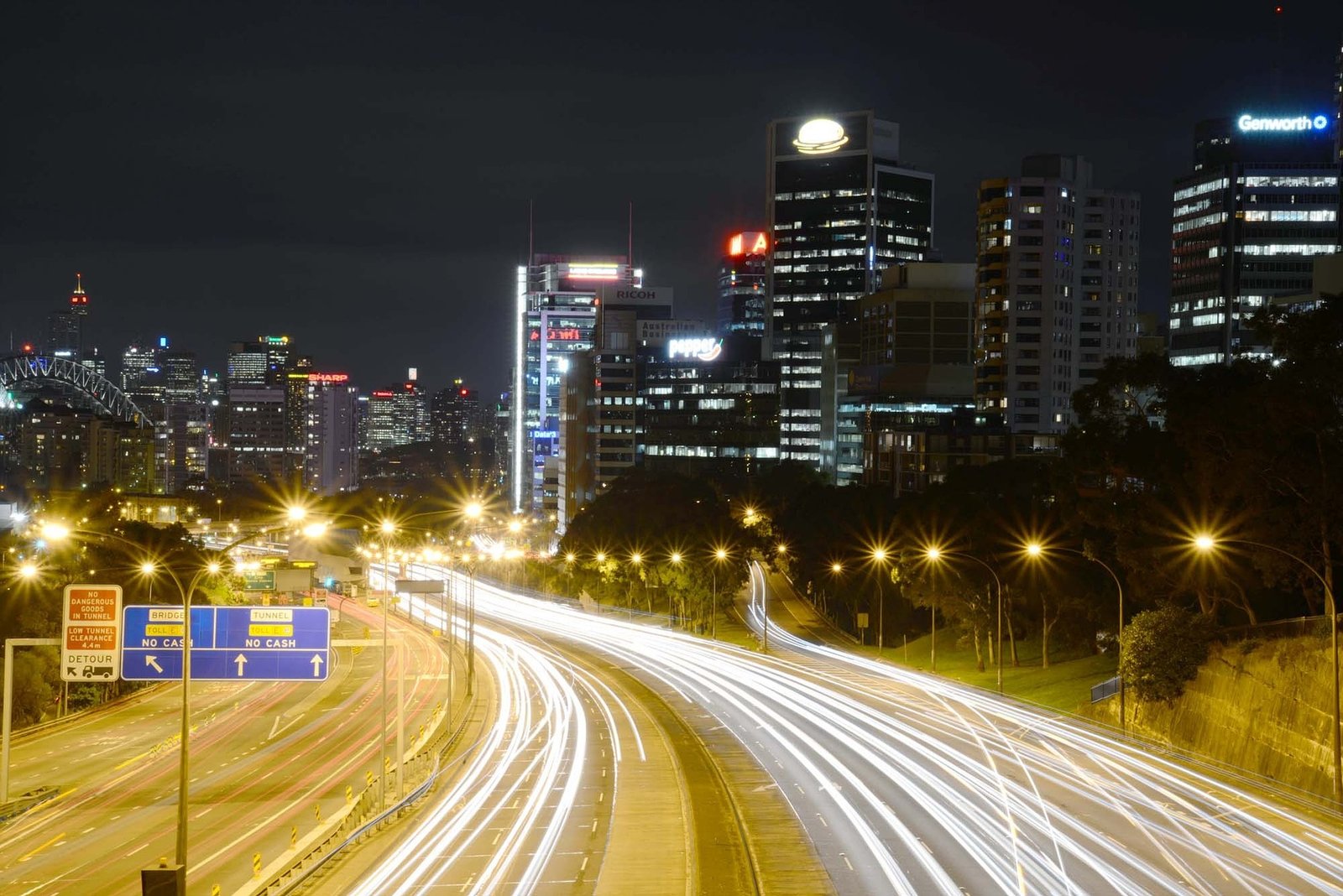
Combines photo sensing with a timer. Example: Lights turn on at dusk, but reduce to half brightness after midnight when pedestrian and vehicle traffic is low. Further improves energy savings compared with pure photo control.
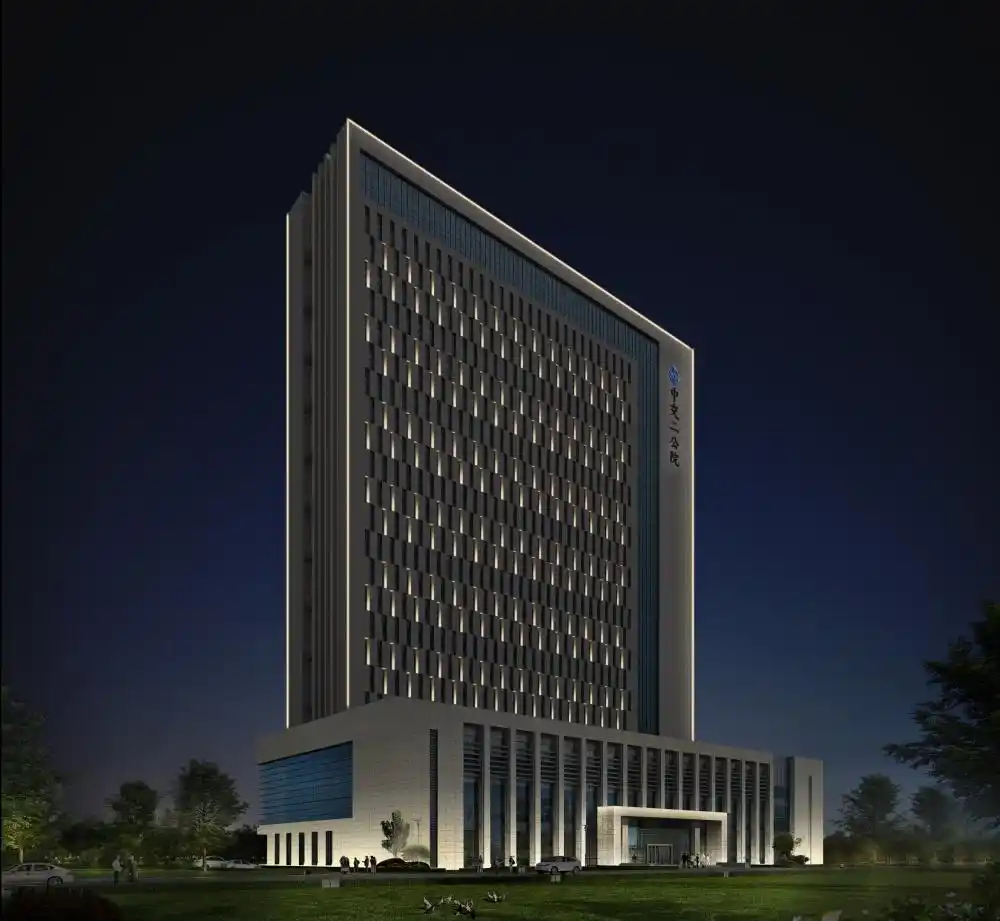
High-end systems connect sensors to an IoT platform. Features include: Remote monitoring of lamp status, brightness, and power consumption. Adjustable parameters such as sensitivity, delay time, and dimming levels. Fault alarms and maintenance alerts. Ideal for large-scale municipal or smart city projects.
Lighting systems with sensor control bring significant value not only in energy savings but also in long term operation, safety and environmental impact.
Cut power consumption by up to 70–80% and align with green, low-carbon goals.
Reduce electricity spend and maintenance frequency through smart dimming and runtime optimization.
Enable on-demand lighting, remote parameter settings and fleet-level monitoring via IoT platforms.
Deliver light exactly when and where needed, improving visibility for pedestrians and vehicles.
Minimize unnecessary all-night lighting to protect dark skies and local ecosystems.
To ensure stable performance and long-term reliability, sensor-equipped lighting must be carefully selected and installed according to site conditions.
Select sensors with coverage suitable for installation height and area. Radar offers wider and longer range.
Ensure sensors allow tuning to avoid false triggers from small animals or environmental movements.
Set appropriate delay before lights dim or turn off depending on roads, corridors or parking areas.
Avoid direct exposure to strong light sources or obstruction by objects such as trees or billboards.
For outdoor use, select IP65 or higher to ensure resistance against water, dust and lightning.
Modern sensor control in street and flood lighting has evolved from basic automation into a comprehensive intelligent system. By combining photo sensing, motion detection, time scheduling, and remote IoT connectivity, these solutions ensure the right light at the right time and place. The result is a win–win for energy efficiency, cost reduction, public safety, and environmental protection.
MVS delivers a complete range of outdoor lighting solutions designed for durability and performance. With advanced optics, IP65 & IK10 protection, and certified quality, our products cover everything from modular floodlights and high-mast systems to smart-control street lighting (DALI/DMX512/0-10V). Whether for roads, stadiums, ports, or industrial areas, MVS ensures uniform brightness, stable operation, and long service life. By choosing MVS, you gain not only reliable hardware but also engineering support and project-specific customization, helping your projects meet professional standards and long-term efficiency.
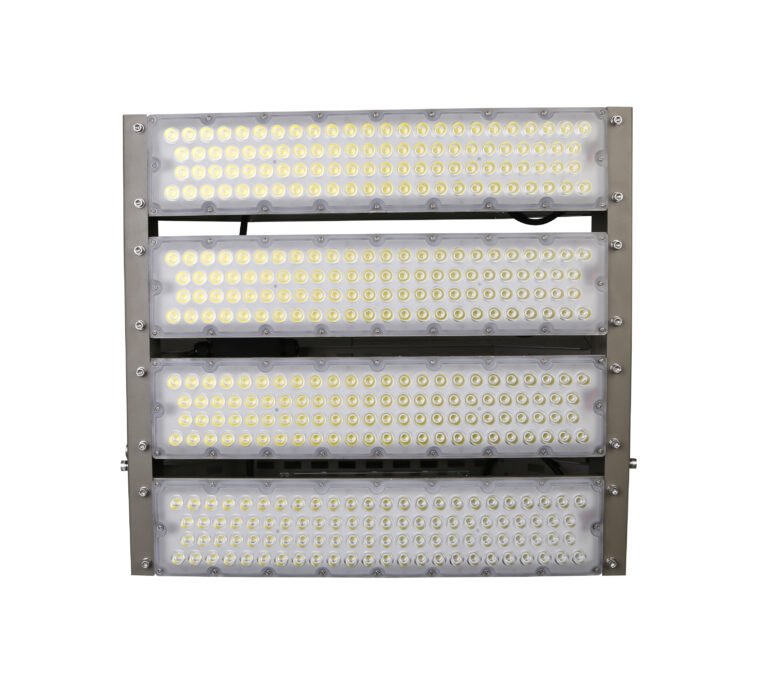
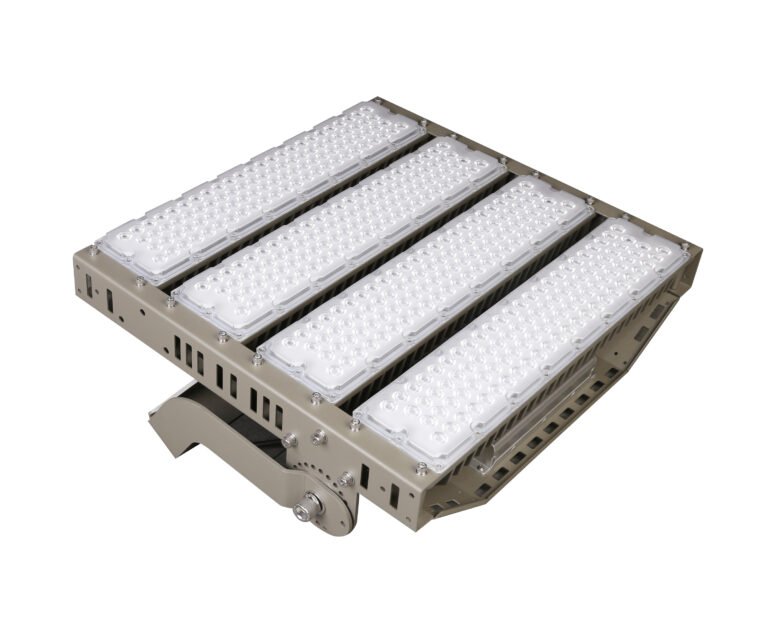

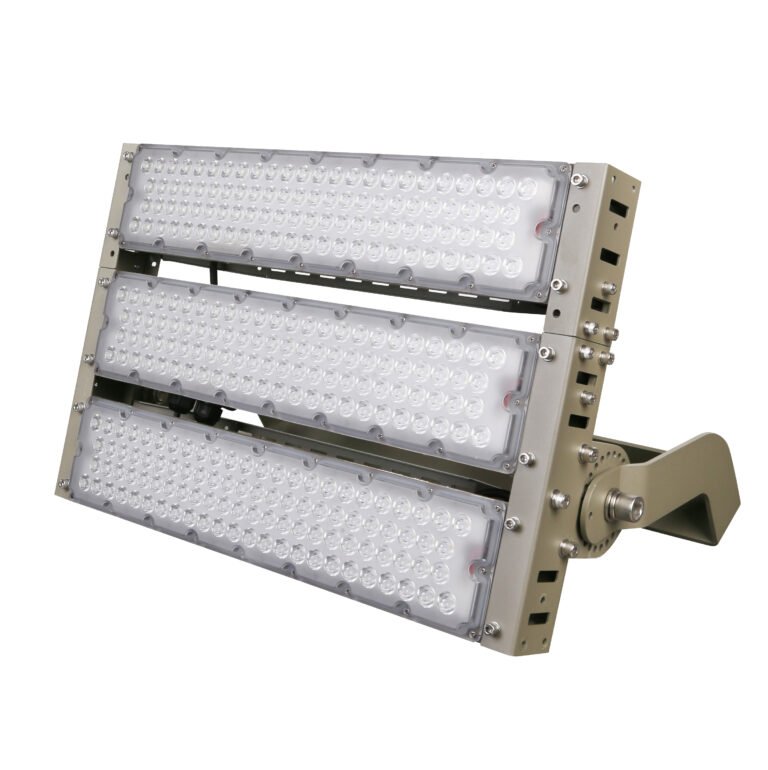
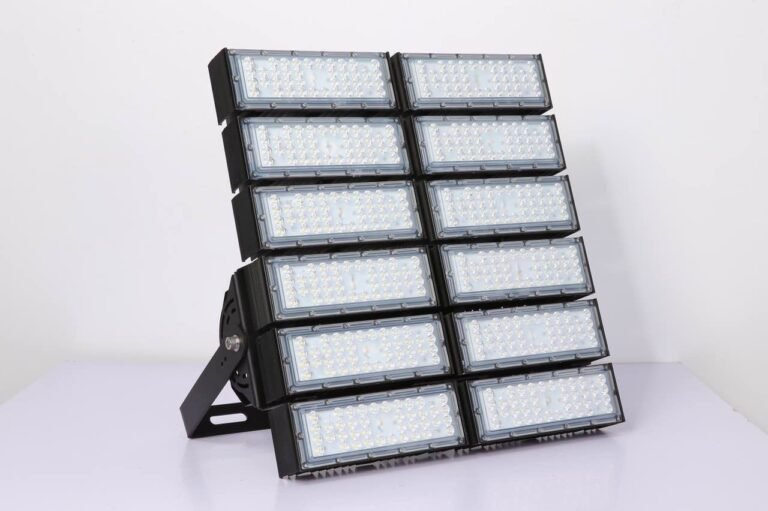
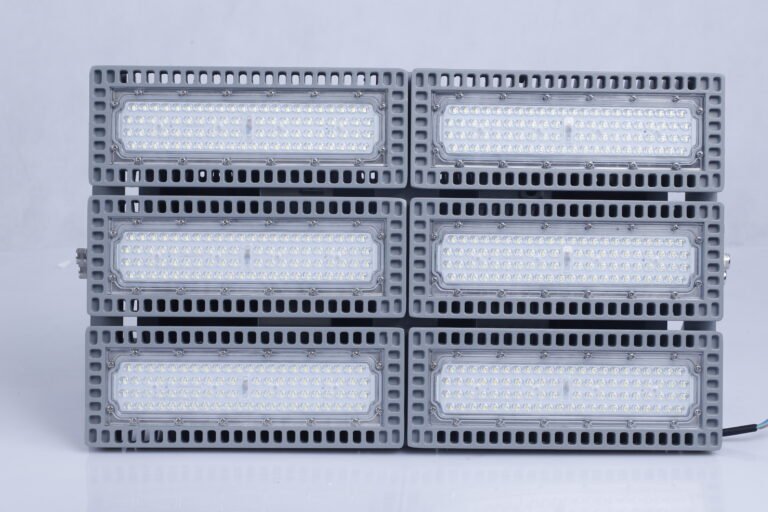
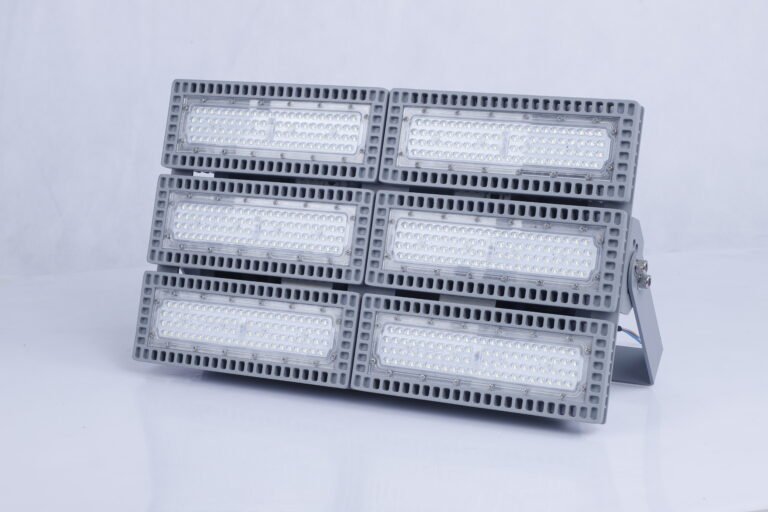
Our catalog offers modular, energy-saving, and high-performance LED solutions. Share your project needs, and we’ll create a tailored lighting plan for you.



For more professional knowledge and practical guidance, visit our blog to discover in-depth articles on LED street lights and project solutions.
What Is Timer-Based Dimmi
Outdoor Lighting Installa
Introduction – Why Upgrad
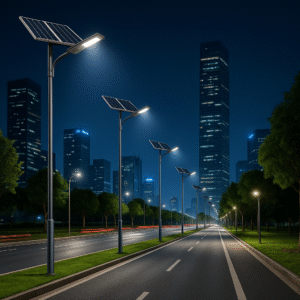
Introduction As cities an
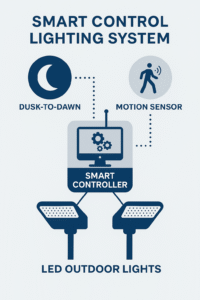
Introduction Outdoor ligh
How to Waterproof LED Lig